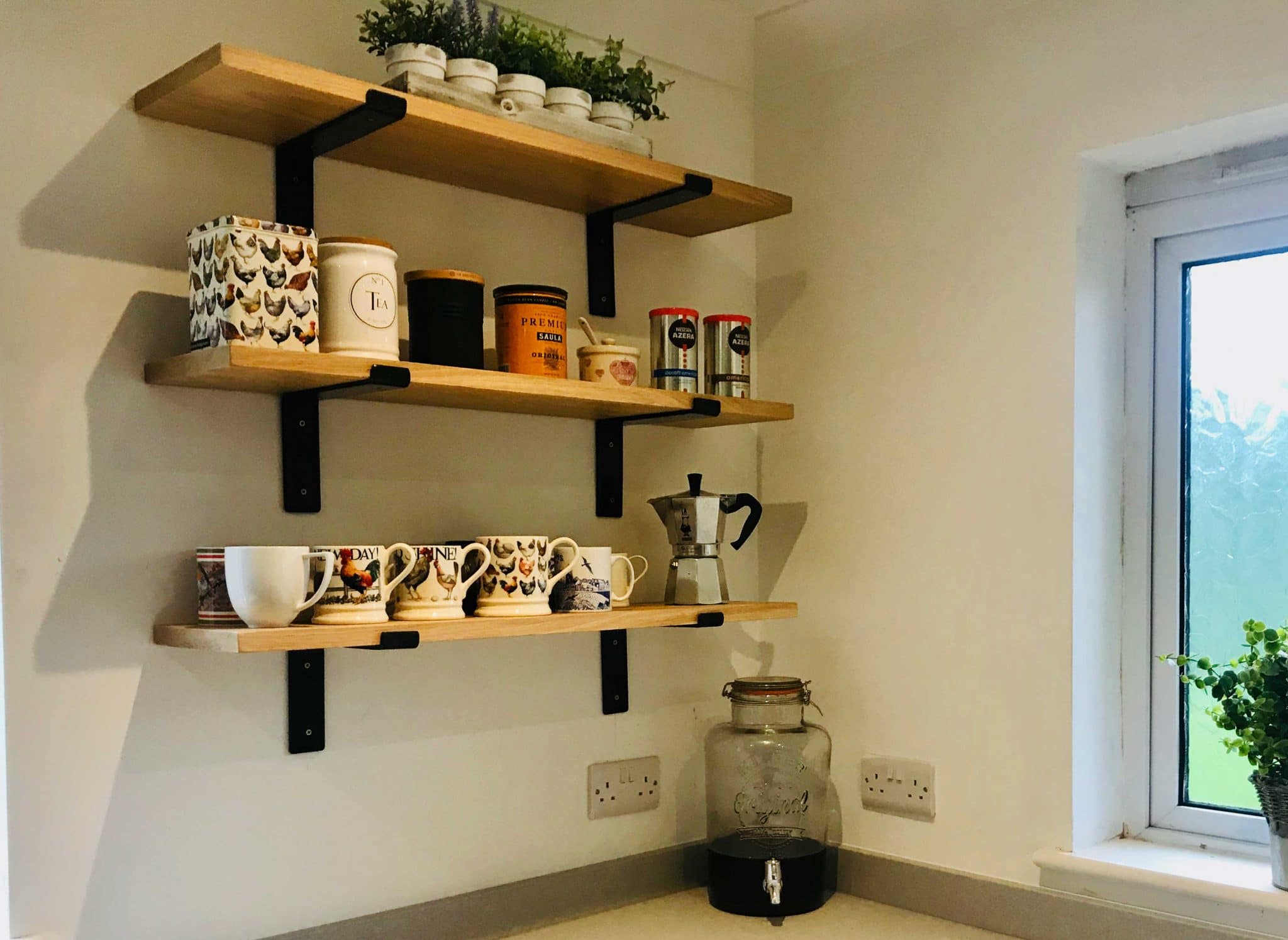Water ceiling damage is a quiet danger that may ambush you, sometimes going unseen until it’s too late. In addition to the unattractive stains and peeling paint, this problem poses health dangers and jeopardizes the structural integrity of your house. It’s not just important to recognize and treat water damage as soon as possible; doing so is essential to protecting your family’s health and the integrity of your house. Therefore we have compiled this guide on Ceiling Repair Water Damage in Toronto, ON to help you know everything about it.
For Water Damage to the Ceiling, Who Do You Call?
It might be scary to attempt to find out who to call for aid when your ceiling has water damage if you’re not the handy kind. It’s a terrific place to start if you have any notion what caused the damage. To prevent the damage from getting worse, call a plumber or roofer. Then, find out if they can recommend someone to do the remaining repairs.
Before hiring someone to handle the more decorative aspects of ceiling restoration, the extent of the damage should be taken into account. It may be ideal to have a water damage mitigation specialist collaborate with a water damage restoration specialist to tackle a significant damaged area that is the size of a room or larger. A handyman might be able to remedy minor damage that doesn’t require light fixtures just as easily.
A water damage mitigator and restorer may assist you in identifying any further problems that may have resulted from the leak, should you have ignored the damage for a long enough period of time before it became seriously damaged. In most cases, they can also handle more extensive issues within the walls, such as mold invasion.
Causes Of Ceiling Damage
Leaking Roof
Water may leak into your home through damaged or missing shingles and inadequately sealed flashing. This can eventually cause significant damage to the ceiling and perhaps structural problems.
Plumbing Leaks Or Burst Pipes
Water leaks from the attic or through the ceiling, and damages the ceiling as it drips down. They can result in significant damage to ceilings since a huge amount of water may leak into the ceiling irrespective of whether the pipes have frozen, developed a leak due to old age, or broken in by low water pressure.
Condensation
Inadequate circulation of air may lead to the formation of dew. The ceiling may also experience some form of moisture which could lead to wearing off the material used in the construction.
Overflowing Gutters
When gutters are full, water drips outside and gets into the outer walls, which leads to ceiling droppings.
HVAC Problems
Poorly maintained heaters or coolers release water and tarnish ceilings, causing new problems. Other appliances can sometimes develop leaks which in turn damage ceilings.
Measures to Prevent Further Leakage Damage to Ceilings
Taking preventive action can save time and money.
Frequent Inspections
Examine your ceiling for the first signs of wear and tear during periodic inspections.
Updating the Roof and Plumbing
Also, be sure to inspect the shingles and flashings for signs of wear or damage, and fix them before any leaks appear. Eliminating issues resulting from condensation can be achieved by guaranteeing adequate insulation as well as proper ventilation.
Steps For Repairing The Ceiling Damage
A water-damaged ceiling requires many stages to be repaired:
Evaluating the Damage
Determine the extent of the damage because in some cases it can be restored while in other parts some it may require replacement.
Drying the Area
Ensure that the place is thoroughly dry to avoid molding or other similar events that may take place had repairs been started early.
Removal of Damaged Material
When the repair is to be made, ideally some part of the existing material is eroded to create a good base.
Mold Treatment
Wash the affected area and use an appropriate cloth to cover and treat the area.
Fixing or Replacing
As for the place where there is minor damage, simply repair it, Incase of more significant damage, it is necessary to replace the material with new ones.
Repainting
Before repainting, use a stain-blocking primer to stop previous stains from showing through. To know more about ceiling repair from water damage Visit Here To Related Posts.
Conclusion
An effectively performed repair protects the durability of your property and returns it to impressive appearance. This article has explained to you what you should do to manage these repairs and has listed the preventive measures that should be taken to avoid such incidents in the future. Big and intricate disasters, though little damage can be mended independently, typically require professional help. However, it is also essential if you encounter a rather severe situation you should turn to professional help.









